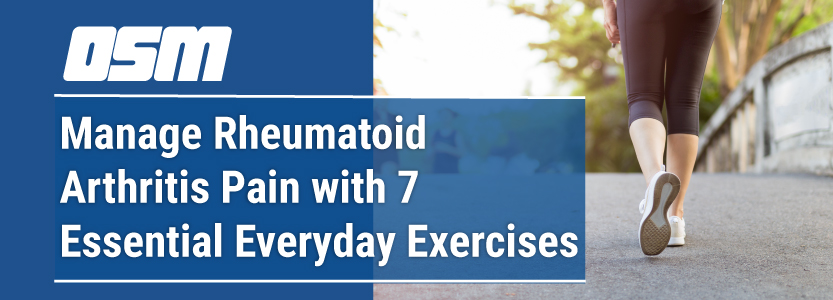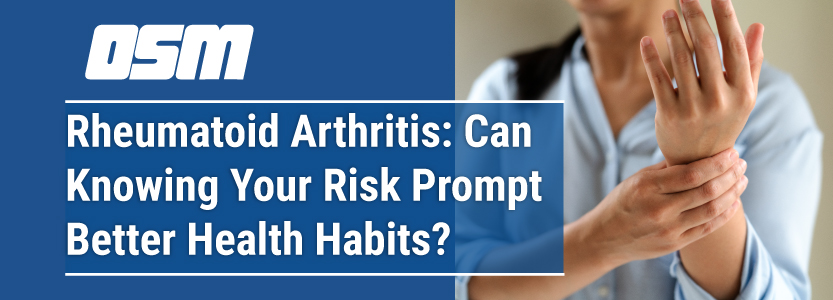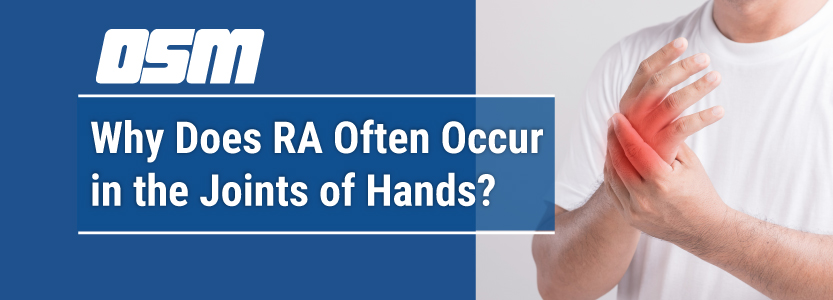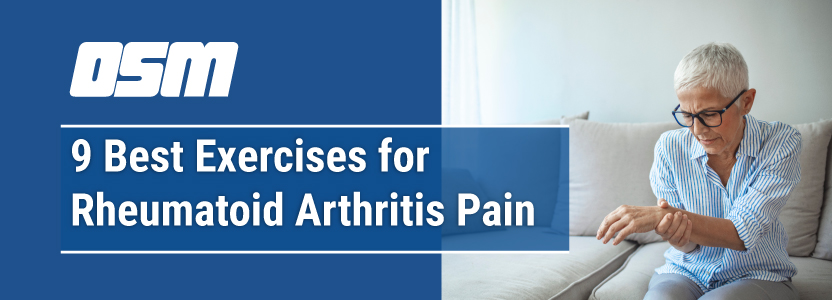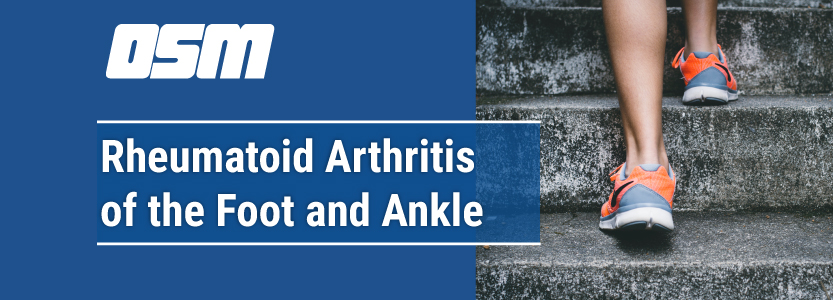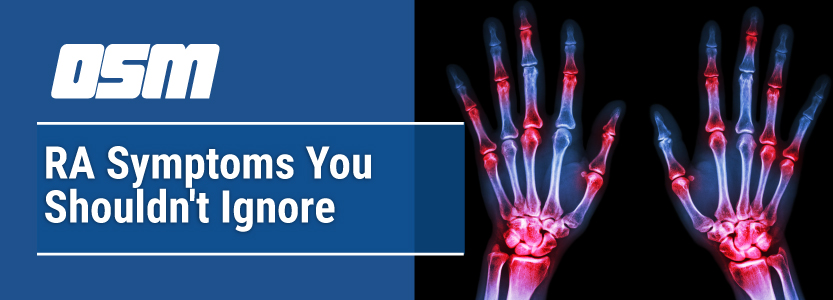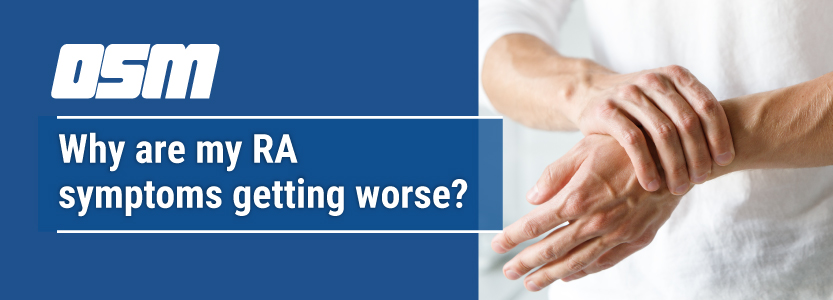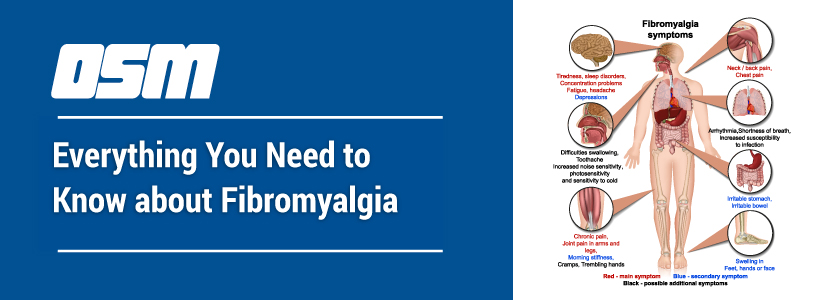7 Essential Everyday Exercises to Manage Rheumatoid Arthritis Pain
Article featured on Healthline
If you have rheumatoid arthritis (RA), you may know that exercise is good for you. But finding the time, energy, and motivation to actually get moving may be difficult. This can be especially true when you’re dealing with painful, stiff joints.
Exercise can help people living with RA:
- reduce pain
- improve joint function
- strengthen muscles around the affected joints
- boost energy
- enhance mood
- improve day-to-day functioning
Here are seven types of exercise that can be especially beneficial for people living with RA.
Water exercise
The Centers for Disease Control and Preventione report that people living with RA show greater improvements in health after participating in hydrotherapy or exercising in warm water, compared with other types of activities.
Results from a large research review found that people living with RA who participated in hydrotherapy experienced less pain and joint tenderness compared with those who didn’t try this activity. The research also suggested that hydrotherapy may also help boost mood and overall well-being.
Water-based exercises, like swimming and water aerobics, may also help improve the use of affected joints and decrease pain.
Tai chi
Tai chi, which is sometimes called “moving meditation,” is a traditional Chinese martial art that combines slow and gentle movements with mental focus. This exercise improves muscle function and stiffness and reduces pain and stress levels in people living with RA.
Results from one study of people living with RA found that practicing tai chi can help reduce anxiety and depression and improve self-esteem, self-efficacy, and motivation.
To get started, you can purchase DVDs, follow an online program, or sign up for a class in your area.
Biking
If you have RA, getting your heart pumping is essential. This is because those living with RA are at a higher risk for cardiovascular diseases and complications. Biking is one type of exercise that offers heart-healthy benefits. It’s an excellent, low impact exercise that’s easier on the joints than other aerobic exercises.
Biking can help maintain cardiovascular health, increase leg strength, and reduce morning stiffness. You can bike outside, join a cycling group, or use a stationary bike at the gym or in your home.
Walking
A walk in the park may sound too simple, but it’s one of the easiest and most convenient forms of exercise.
In addition to getting your heart rate up, walking can help loosen your joints and reduce pain. Research published in 2015 suggests that just 30 minutes of walking a day can boost your mood, too.
If you’re having trouble with balance, try using walking poles to help stabilize yourself. If the weather has you stuck inside, consider heading to an indoor track or hopping on a treadmill instead.
Yoga
Yoga, which combines postures with breathing and relaxation, can also help improve RA symptoms. A 2013 study looked at the quality-of-life impact Iyengar yoga had on a small group of young women living with RA. The research showed that practicing yoga improved their pain and mood.
In research published in 2015, scientists from Johns Hopkins University found similar results: People living with RA experienced fewer tender and swollen joints after practicing yoga than they did beforehand. The research involved a small group of adults ages 18 years and older living sedentary lifestyles.
“Yoga or yoga stretching can help patients improve flexibility and range of motion,” says Dr. Mario Siervo, a primary care physician in Florida.
Other types of stretching
Healthcare professionals often recommend stretching for people living with RA.
“Stretching should include the muscles of your arms, your back, your hips, the front and back of your thighs, and calves,” says Dr. Philip Conwisar, an orthopedic surgeon in California. “Do some stretches first thing in the morning, take a stretch break instead of a coffee break, or stretch in the office for a few minutes.”
Dr. Naheed Ali, author of “Arthritis and You,” also recommends finger curling, mild wrist bending, and thumb stretching.
Adjust to Your Condition
Whichever exercise you choose, the important thing is to keep at it.
Some days you’re likely to feel more pain than others. When that happens, aim to exercise with less intensity, try a new low impact exercise, or take the day off.
If you do not have enough hand strength to grip a weight, you might want to consider using a resistance band around your forearm instead.
If you’re having a day where walking seems like the best option, consider going for a stroll outside or walking inside. Even if you need to walk at a slower pace, you can still benefit from the exercise because it has the potential to help you feel much better afterward.
The Orthopedic & Sports Medicine Center of Oregon is an award-winning, board-certified orthopedic group located in downtown Portland Oregon. We utilize both surgical and nonsurgical means to treat musculoskeletal trauma, spine diseases, foot and ankle conditions, sports injuries, degenerative diseases, infections, tumors and congenital disorders.
Our mission is to return our patients back to pain-free mobility and full strength as quickly and painlessly as possible using both surgical and non-surgical orthopedic procedures.
Our expert physicians provide leading-edge, comprehensive care in the diagnosis and treatment of orthopedic conditions, including total joint replacement and sports medicine. We apply the latest state-of-the-art techniques in order to return our patients to their active lifestyle.
If you’re looking for compassionate, expert orthopedic and podiatric surgeons in Portland Oregon, contact OSM today.
Phone:
Address
17355 Lower Boones Ferry Rd Suite 100A
Lake Oswego, OR 97035
Hours
Monday–Friday
8:00am – 4:30pm


